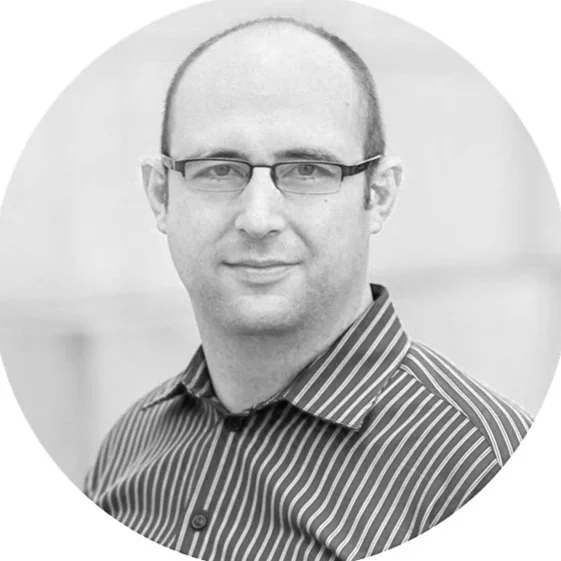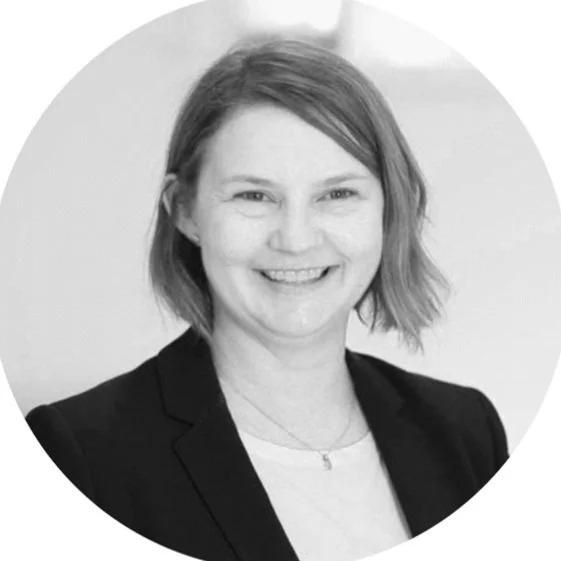
Finally, an overactive bladder solution that gives patients control and discretion.
In-Confidence
Transforming the lives of overactive bladder sufferers by making previously invasive in-clinic therapy into a minimally invasive therapy at-home.
The Problem
Over 40M Americans suffer from symptoms of overactive bladder.¹
Overactive bladder is defined by in the international continence society (ICS) as “urinary urgency, with or without urge urinary incontinence, usually with frequency and nocturia.”
2.4x increase in risk of dementia in long term users of prescription ‘antimuscarinics.’ The most common treatment for overactive bladder.⁴
2.4x
80%+ of patients prescribed medications discontinue use within 6 months based on unmet treatment expectations, adverse effects, and cost.³ Current therapies are not meeting patient’s desire for control and discretion.
80%
Over half of these adults will go undiagnosed and untreated due to embarrassment or lack of awareness that overactive bladder is not just a normal part of aging.²
50%
Our Solution
In-Confidence is a weekly set and forget Smart Patch that automates a daily therapeutic stimulation to minimize the chronic symptoms of overactive bladder.
The proprietary ‘On-demand’ stimulation allows patients to take control of their acute symptoms by engaging with the In-Confidence smart patch via an APP to deliver abortive stimulation.
Discreet
Adapts to your lifestyle
Has no major side effects
How It Works
The In-Confidence Patent Pending Smart Patch System
In-Confidence smart patch technology is innovated based on the well-proven and recognized therapy called percutaneous tibial nerve stimulation (PTNS).⁵ Our patent pending smart patch technology combines human centric design with the latest in digital medicine to give patients discretion and control of their overactive bladder symptoms.
Cost effective
(accessible through existing reimbursement codes)
Avoid weekly visit to the doctor for treatment.
Control when and where you need it most.
Footnotes
¹ Stewart WF et al. Prevalence and burden of overactive bladder in the United States. World J Urol. 2003 May;20(6):327 36; Whitehe ad WE et al. Fecal Incontinence in US adults: Epidemiology and Risk Factors. Gastroenterology. 2009; 137:512 517.
² Shaw, et al., “Barriers to Help Seeking in People with Urinary Symptoms.” Fam Pract , Feb 2001.
³ Reynolds, et al., “The Burden of Overactive Bladder on US Public Health.” Curr Bladder Dysfunct Rep , March 2016.
⁴ Harnod T, Yang YC, Chiu LT, Wang JH, Lin SZ, Ding DC. Use of bladder antimuscarinics is associated with an increased risk of dementia: a retrospective population-based case-control study. Sci Rep. 2021 Mar 1;11(1):4827. doi: 10.1038/s41598-021-84229-2. PMID: 33649451; PMCID: PMC7921664.
⁵ Staskin DR, Peters KM, MacDiarmid S, Shore N, de Groat WC. Percutaneous tibial nerve stimulation: a clinically and cost-effective addition to the overactive bladder algorithm of care. Curr Urol Rep. 2012 Oct;13(5):327-34.
Meet the Team
Nicky Pratama Agahari
-
Nicky has worked for the world’s leading pharmaceutical and medical technology companies in senior global roles across Australia, Asia Pacific Regions, USA, and China including Astellas Pharmaceuticals, Eli Lilly Pharmaceuticals, Medtronic, and Boston Scientific. His most recent professional role was as Head of Innovation for Boston Scientific Asia Pacific based in Shanghai, China. Nicky has over 10 years of experience in business development and commercialization of incontinence therapeutics including Astellas Pharmaceuticals – Vesicare (Anti-muscarinic) & Betmiga (B3 Adreno Receptor Agonist), Medtronic – Interstim (Sacral Neuromodulation System), and Boston Scientific – AMS800 (Artificial Urinary Sphincter).
Dr. Martin Jensen
-
Martin is a biomedical engineer working at the interface of technology and medicine. He received departmental and university honors for his B.S. in Chemistry at the University of Utah. During his undergrad, he worked at Catheter Connections Inc. and was responsible for developing an FDA cleared IV-line disinfecting system using the Dualcap® technology that was 6 times faster than competing products at the time and is still twice as fast as competing technologies. During his doctoral work at the University of Utah, he received a National Science Foundation (NSF) Graduate Research Fellowship and an NSF INTERN award to gain entrepreneurial experience at early stage start-up companies. As post-doctoral research fellow with Harvard Medical School mentored by Jeff Karp and Siam Oottamasathien on Urology project where he developed a prize-winning body fluid management technology for the United States Airforce AFWERX Sky High Relief Challenge.
Dr Mihir Shanker
-
Dr Mihir Shanker is a Royal Australian and New Zealand College of Radiologists (RANZCR) Fellow in Radiation Oncology and a Senior Lecturer in Medicine at The University of Queensland. He has a background in Biomedical Engineering, Clinical Epidemiology and Biostatistics and is currently completing a Fellowship in Gamma Knife stereotactic radiotherapy at the Princess Alexandra Hospital in Brisbane, Australia. Mihir has been involved in leadership positions within RANZCR and The University of Queensland, most recently as Chair of the Radiation Oncology Trainee Committee and RANZCR Faculty of Radiation Oncology Council member
Dr Danielle Delaney
-
Dr Danielle Delaney has over 10 years-experience at consultant level as a functional Urological surgeon for both adults and children working metropolitan and regional areas. Danielle currently works as a senior Urologist at Sydney Children’s Hospital Network, North Shore Private Hospital and Northern Beaches Hospital and is the director of the Yellow Spot Clinic which includes multidisciplinary Children’s Continence Clinic. She has been the principle investigator at SCHN for international clinical trials in paediatric urinary incontinence run by Astellas and Allergan. Dr Delaney has worked with A/Prof. Tse, Prof. Gladman and Dr Chung on clinical and research collaborations as well as part of the multiple clinical society boards globally.









